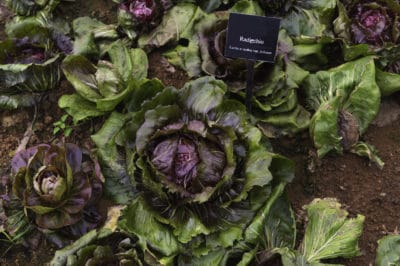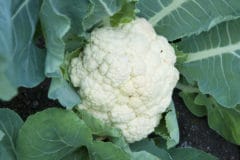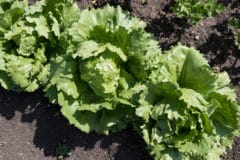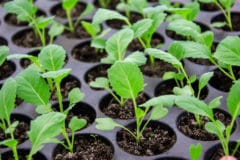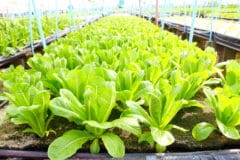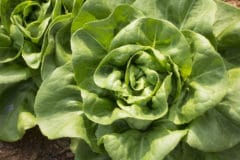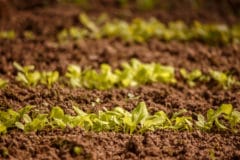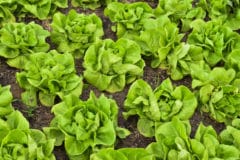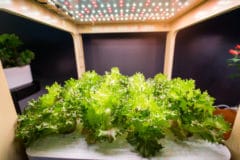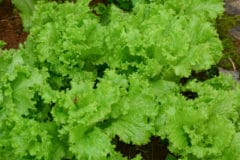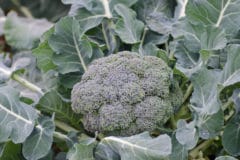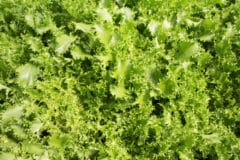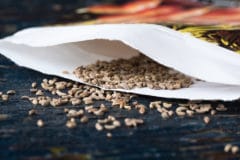Origin
The origin of the modern red radicchio plant (Cichorium intybus) lies in 1860 Belgium with agronomist Francesco Van den Borre. He began ‘blanching’ his plants much like farmers do with modern cauliflower which robbed them of chlorophyll and produced the radicchio of today.
Modern growers have a choice between about 15 different varieties of radicchio including Treviso which looks like a red endive and the early season Giulio.
How to Plant Radicchio
Plant Radicchio in the cooler seasons of spring and fall. Sow seeds directly into the ground 4-5 weeks before the last frost or as soon as the soil can be worked. If cut carefully, radicchio will regrow head and all.
You can plan a place in your garden where you’d like it permanently in USDA zones 8 and above. It’s also easy to treat this plant as an annual and rip it up at the end of the season.
For fall crops, plant seeds in midsummer. The heat will help to germinate them quickly and then as the temperatures cool the plant will thrive. Plant in rows, 3-4 inches apart. Once germinated, thin rows to 10″ spacing.
Planting checklist for radicchio:
- Amend with 1″ compost
- Full Sun to Part Shade
- Well Draining Soil
- Cool Temperatures
- Possible Permanent Location
Plant Care
Deeply water plants with between 1 and 1 1/2 inches per week. Factor in rainfall so you’re not wasting water. Because of its shallow roots, it requires more water than other plants.
Avoid giving this plant too much nitrogen. This can cause leaf burn, bitterness, and even bolt. Amend the bed prior to planting and then do not fertilize through the season unless plant shows signs of deficiency.
Harvest and Storage
Radicchio leaves can be cut and eaten anytime. In fact, this is a popular microgreen for its colorful and flavorful sprouts. The heads will firm up in about 65 days from planting depending on the variety grown.
Check to see if heads are ready to harvest by squeezing them lightly. If they feel firm and full of moisture they are ready to harvest. Cut the head as high above the soil line as possible while keeping all the leaves connected to the base.
If you cut too high, the head will fall apart, too low and the plant may die. Store heads in plastic with a dry paper towel in the refrigerator.
